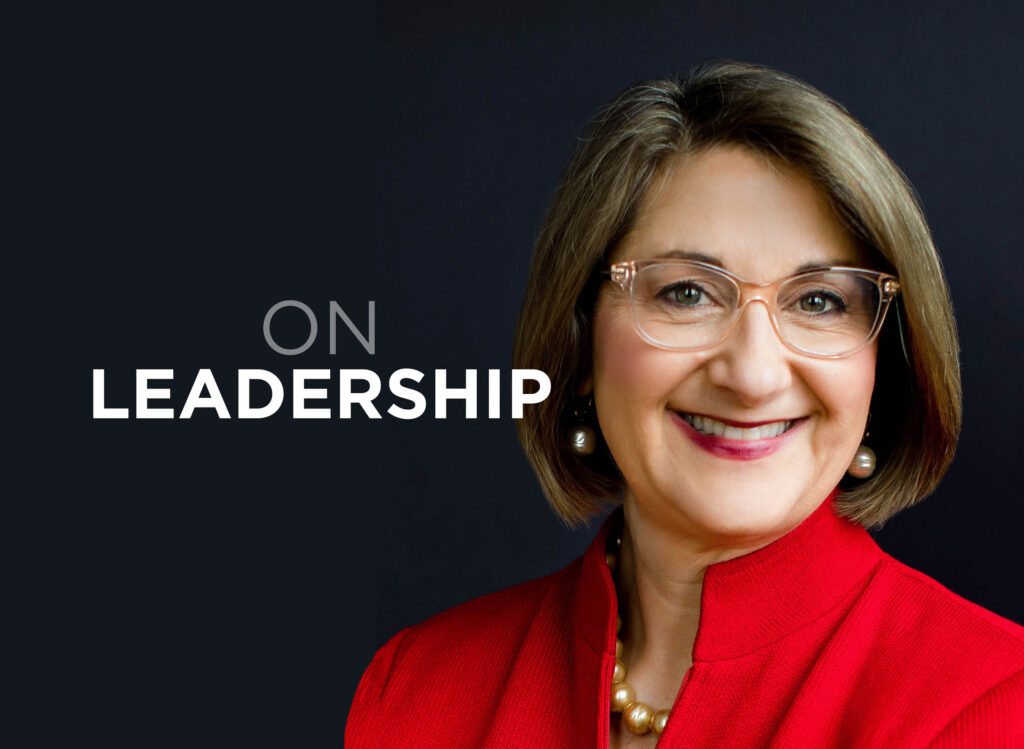Guest Opinion: Time to fund smart transportation

Congress’ next transportation authorization bill needs to be more than business as usual.
More than ever, the bill needs to focus not just on how much is being spent on transportation, but also on how wisely those dollars are being spent. The Greater Des Moines Partnership has long been an advocate of smart transportation spending – funding that supports everyone who uses our transportation system, including drivers, bus riders, walkers and bicyclists.
A functional transportation network for all users is critical to connecting people to jobs, education and economic development.
This will be a topic of much discussion in the coming weeks and months. The current transportation bill (MAP-21) is set to expire on May 31 after being extended past its initial expiration date of Sept. 30, 2014.
The business community’s voice will be an important part of this discussion. Along with our regional partners at the Des Moines Area Metropolitan Planning Organization and the Des Moines Area Regional Transit Authority (DART), we have developed four priorities for the next transportation authorization bill. If included, these priorities would help Greater Des Moines meet the regional goals set forth in Capital Crossroads, The Tomorrow Plan and DART Forward 2035. The next bill must support…
Truly long-term efforts. The last “long-term” bill, MAP-21, was for two years. The point of making a bill long-term is to provide predictability. Two years is not enough time for federal agencies to fully develop new rules and programs, let alone for businesses and local governments to adapt and make plans around them. The new bill needs to be in effect for at least five or six years for it to be effective.
Existing infrastructure. The deterioration of infrastructure in metropolitan areas is well-documented across the country, and Greater Des Moines is no exception. Regions like ours have been leading the country out of the Great Recession in part by becoming global exporters, and this is only possible because of the transportation networks that support the movement of goods. The Partnership continues moving forward with the implementation of its Greater Des Moines Regional Export Plan, allowing our region to become even more competitive nationally and internationally. The next transportation bill needs to focus on the reinvestment in existing infrastructure to continue the momentum.
Multimodal transportation. A new reality in economic development is that people, especially young professionals, choose a city to live in before they look for a job. Meaning there’s an increasing importance on creating a strong sense of place for companies to attract and retain talented employees. Few things define a place like its transportation network, and the next bill needs to support transportation systems not for vehicles alone, but for all people. Are the neighborhoods walkable? Are there bike lanes? Is there a vibrant public transit system?
More local control. This is a critical X factor. Metropolitan areas do not all have the same transportation needs, and they would not benefit equally under one-size-fits-all federal transportation programs. The solution is to give more flexibility in how federal transportation dollars are spent at the state and city levels, which can be accommodated while staying within the broader goals of the U.S. Department of Transportation.
These four features would make the next bill a part of the solution for the metropolitan economies. For Greater Des Moines, it would be a big boost to the ongoing implementations of all three aforementioned regional plans.
Our region counted a big win this year when the Iowa Legislature approved a 10 cents per gallon increase to the state’s fuel tax to help bridge the gap in our critical infrastructure needs. The business community’s voice was instrumental in helping lawmakers see the importance of that legislation. Help us continue that momentum. Your voice will make a difference at the federal level as well.










